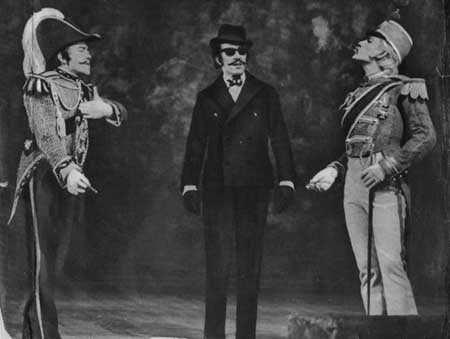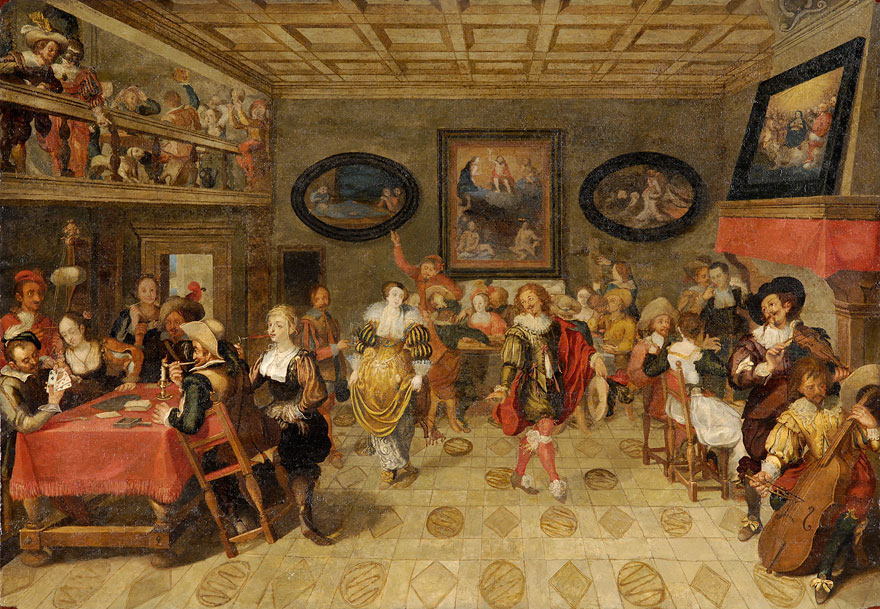The Elizabethan Lower Classes were not in the position to hear the new court music or learn the intricate steps of the Court dances. Their only contact with these innovations, and as with the latest fashions, would have been through the theatres. These English country dances were danced by couples in round, square, or rectangular sets in much simpler and repetitive forms and less intricate steps. The dances of the Elizabethan Lower Class would therefore be very different from those of the Elizabethan Upper Class.

The dances would have been passed down through the generations and the different types of country dances were popular with everyone. The dances of the Lower Classes would have been performed at fairs and festivals, many of which were dictated by the changing seasons and the calendar of Church events.
Many of the dances of the Elizabethan Lower classes were steeped in old customs and rituals, such as dancing around the Maypole. The Christmas festival included the carole which was the most popular dance-song which could be danced in a circle, or in a chain, or as a processional. Our modern Christmas Carols are derived from this practice.

List and description of Elizabethan Dances of the Lower Classes
- Brand, Brawle, Branle – the first dance often performed during celebratory gatherings and was also immensely popular as a concluding dance for masque revels. This circle dance featured sideways steps
- The Jig or Gigge aka Port – the jig traditionally involved ‘leaps’
- The Hornpipe – a lively dance resembling a jig which eventually became associated with sailors. Often accompanied by a pipe with a reed mouthpiece
- Roundel – Any dances which were performed in circle also called a ring-dance
- Dump, Dumpe or Dompe – Dance accompanied by the lute
- Buffoons – Comic characters who originally featured in ritual dancing such as Morris dances. The theme survived in the Buffoon country dance and also in court masques
- Maypole Dance – Dated back to the English pagan era where the maypole represented a symbol of fertility. Dancers dance in a circle each holding a coloured ribbon attached to a central pole
- Morris Dance – Often danced with handkerchiefs or sticks to embellish the hand movements
More Info On-Elizabethan Dances of the Upper Classes, Drama, England Music, Plays, Musical Instruments, Dancing and music, Theatre Facts, Theatre History
